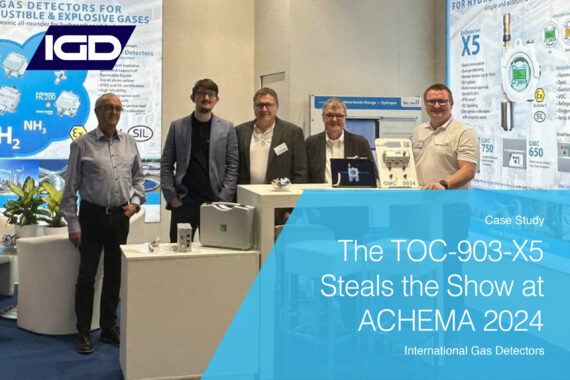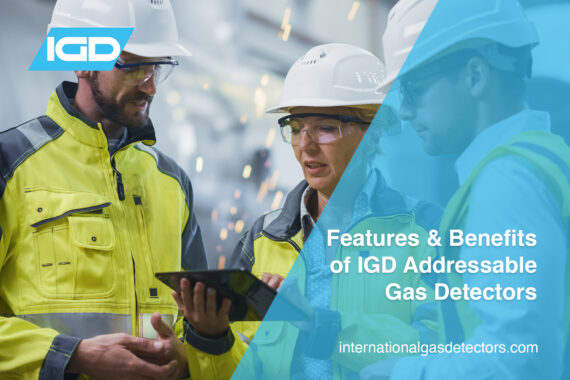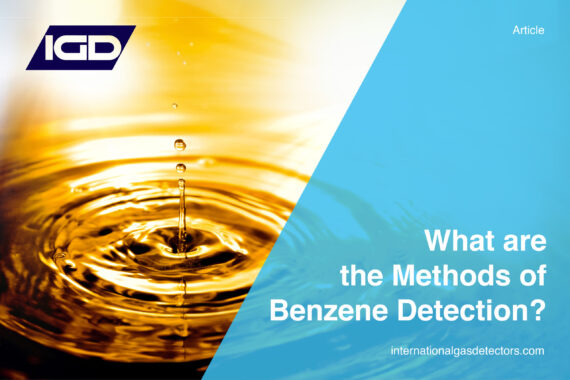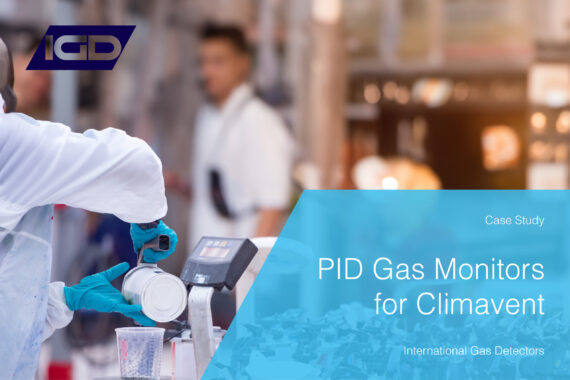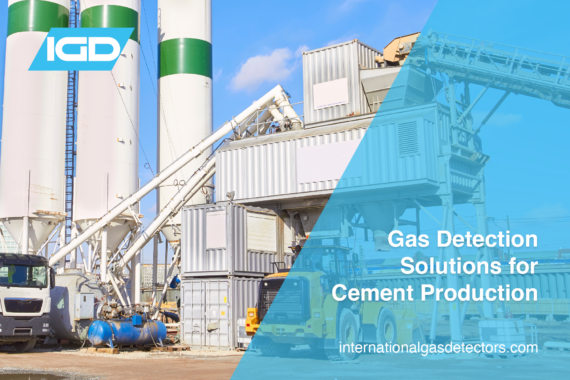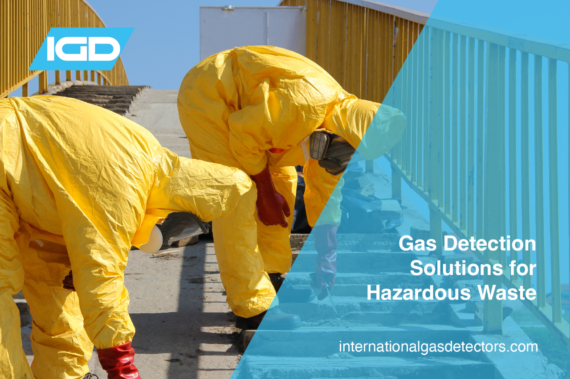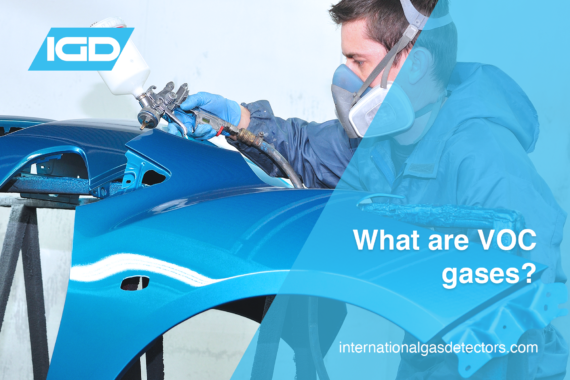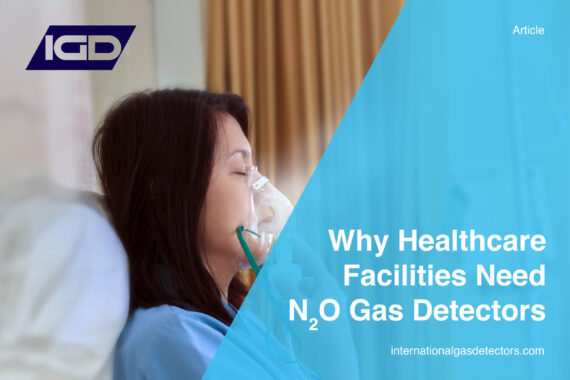IGD and Bieler+Lang were on hand to represent the wider Safe Monitoring group at this years ACHEMA tradeshow in Frankfurt, where Our TOC-903-X5 and 2-WIre Addressable systems were some of the highlights of the weekend.
Why You Are Paying Too Much For Gas Detection
Gas detection can be expensive, but it doesn’t have to be. Read on to find out why not having an IGD 2-Wire Addressable Gas Detection system, proabably means that you’re paying too much for your gas detection.
The TOC-903-X5 ATEX Gas Detector: Top Features
We call the TOCSIN 903-X5 “The World’s Most Versatile Gas Detector” for a number of reasons. With its modular flexibility, ease of use and dual-gas detection capabilities, the TOC-903-X5 shines in a huge variety of applications. Read on to find out why.
Features and Benefits of IGD’s Addressable Gas Detectors
Addressable is often seen as being complex; this is a common myth and does not match up to the simplicity of the system and plethora of benefits that addressable gas detectors can offer. This article explores these features and benefits of addressable gas detection, in particular with IGD, demonstrating how we can enhance your safety with detectably better addressable gas detectors. Read below to find out more.
What are the Different Methods of Benzene Detection?
Benzene is a colourless chemical with a sweet smell but is highly carcinogenic, making it extremely difficult to detect without specialist equipment. There is a variety of equipment available for detecting benzene and finding the right one is essential. Check out this article to find out more about the different detection methods.
PID Gas Monitors for Climavent
One of our most recent projects includes the implementation of our PID Gas Monitors for a fume extraction company known as Climavent. Their client required these PID detectors in their fume extraction systems to check the state of the carbon filters. Issues with current devices led to the widely successful implementation of IGD’s PID gas monitors, improving the safety of their team, and opening the doors for further opportunities to enhance Climavents gas safety. Read on below for more detail about how the Climavent team became detectably better in their gas safety.
Gas Detection Solutions for Cement Production
Cement is the core component of concrete, and with the increased demand for more construction worldwide, there is a higher need for the most popular building material: concrete. During cement and concrete production, gases are produced that could harm humans and the wider environment; therefore, gas detection solutions are required for safety and monitoring purposes.
Gas Detection Solutions for Hazardous Waste
Many jobs involve working with or around hazardous waste daily. Therefore, protecting workers and working environments from dangerous substances and impacts thereof is paramount.
International Gas Detectors (IGD) manufacture and distribute numerous gas detection products, and provide system installations, service, and maintenance on gas detection systems, alongside training consultancy services.
What are VOC Gases?
What are VOC gases? Where are they found? How can I mitigate the Hazards of VOC’s? These are all vital to consider if working around VOC gases, as VOCs are extremely hazardous gases causing a plethora of health issues. This article answers all of these important questions, as well as suggesting detectably better gas detection equipment in order to help mitigate the presence of VOC gases. Read on to find out more.
Why Healthcare Facilities Need Nitrous Oxide Gas Detectors
N2O is very common in the healthcare industry, used for a wide range of different reasons and being one of the most utilised gases in this industry. It is important to understand what this gas is and where it is used, along with what it is used for to understand why and where you need a nitrous oxide gas detector. It is also vital to understand the dangers of N2O, especially if working in the healthcare industry, as there are common misconceptions to just how dangerous this gas can be. This article delves into all of these things as well as the best available nitrous oxide gas detector solution to keep personnel safe. Read on to find out more.

